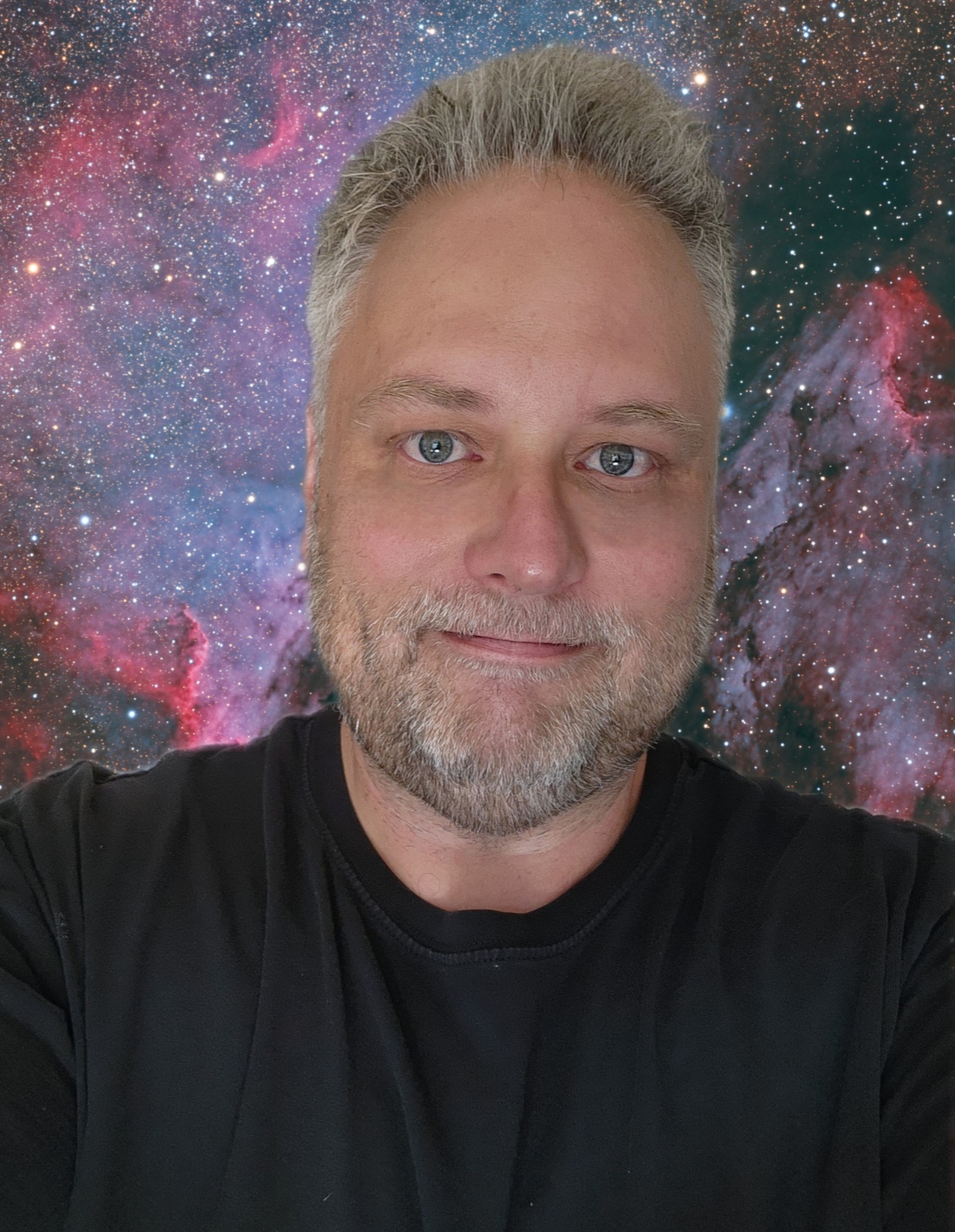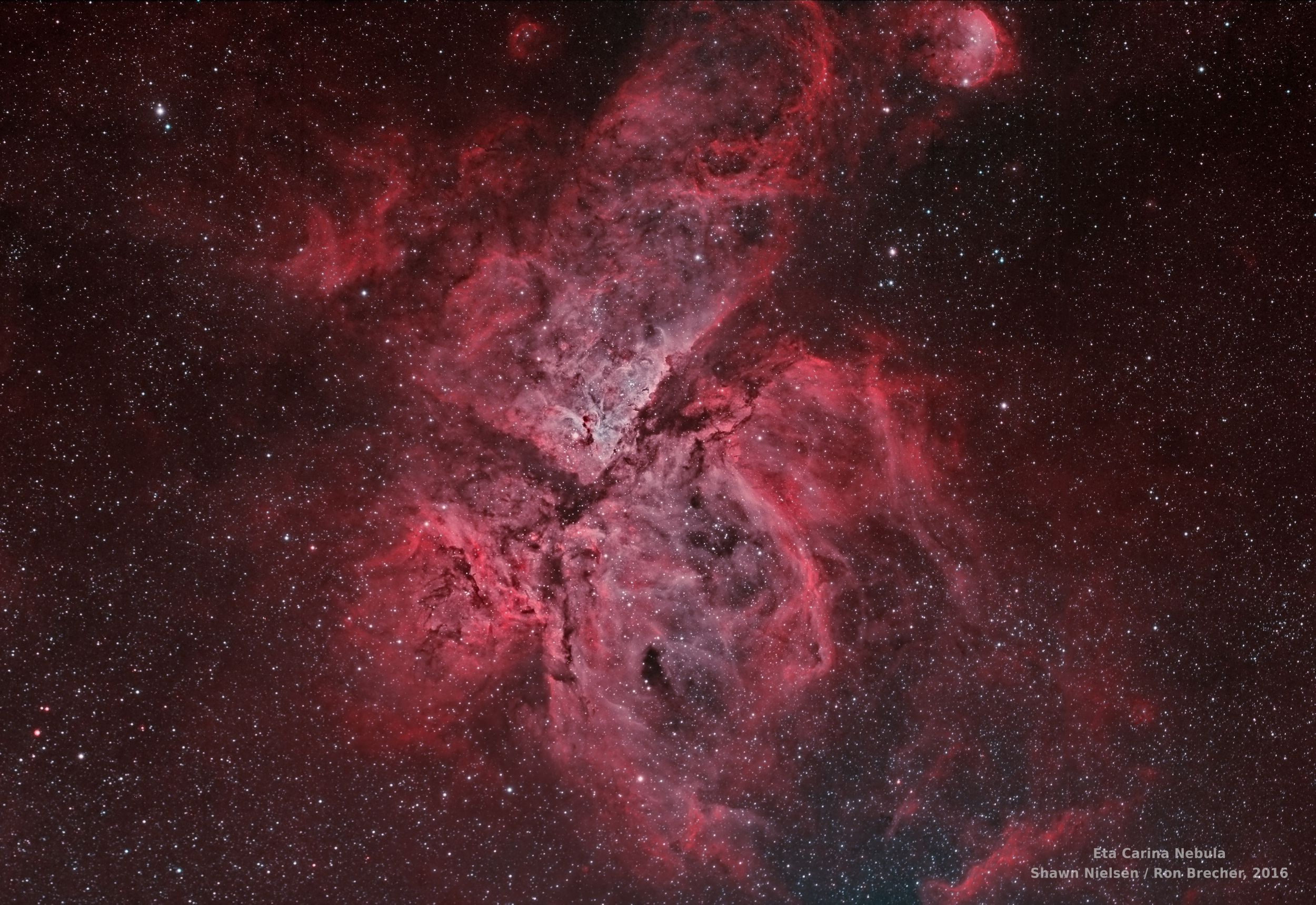No products in the cart.
The Eta Carinae Nebula, designated NGC 3372, is a southern hemisphere night sky object. It is quite prominent and easily visible to the unaided eye high in the south this time of year. This image is a collaboration between myself and fellow astrophotographer and friend, Dr. Ron Brecher.
This image was featured in Skynews Magazine (Canada), November-December issue
While it’s been cloudy for me here the past several months in Kitchener, Ontario, I decided to continue the passion I have for photographing the night sky, and acquire data using remote dark sky telescopes in New Mexico and Australia.

This image of the Eta Carinae Nebula was acquired from the Siding Springs Observatory in Australia, using the iTelescope T12, during the early morning hours of February 18th, 2016.
The Eta Carinae Nebula, also known as the Great Nebula in Carina, is located approximately 6500 to 10,000 light year away from Earth in the constellation of Carina. It is one of the largest diffuse nebulae in our night skies with an apparent magnitude of 1. It is easily visible to the naked eye much like M42 The Orion Nebula.
There is an immense difference between light polluted night skies of cities and towns and these remote dark skies. Not only are objects not washed out by light pollution, they are quite bright and have a lot of contrast against the blackness of space when imaging them. This also helps with the quality of the image data being recorded by the camera sensor. A much better signal to noise ratio which allows more and finer details of the objects to be photographed.
What’s really fabulous though is the image was obtained with the Moon being 89% illuminated. Where regular LRGB imaging may not be possible with the Moon so bright in the night sky, narrowband filters allow you to continue your astrophotography addiction! At the time this image was taken on Feb 18th, the Moon in the southern hemisphere was in the NW part of the sky. This is behind the scope and camera so moonlight wasn’t shining directly into it, which also helps when imaging with the Moon up.
Remote imaging from the southern hemisphere has opened up a whole new ocean of night sky jewels for me to photograph during the cloudy and often bitterly cold Winter months here in Ontario, Canada.
Even more remarkable is it is the result of just 30 minutes of data! 15 minutes through an H-alpha filter and 15 minutes through an O3 filter. Not only do the emission nebula features jump out but the dark nebula are also quite vivid and rich in detail.
Technical:
Takahashi FSQ ED 106mm refractor at F5.0 (530mm)
SBIG STL-11000M CCD (10.7 mega pixels)
Paramount ME EQ mount
Maxim DL Pro 5 for camera control, acquistion and guiding. Focusmax.
3 x 5min Ha and 3 x5min O3 / 30min total data.
Processed in Pixinsight by Ron Brecher and Shawn Nielsen.
Imaged remotely using the iTelescope T12 at the Siding Springs Observatory in Australia.

My story began more than 40 years ago looking up at the Moon with a small telescope my Father had. Encouraged by my parents, who bought me my very own telescope, a 4.5″ reflector, I began to explore the night sky from my family home backyard. Today I do astrophotography from my home in Kitchener, Ontario and also with remote telescopes located in New Mexico and Australia. Some of my images have won awards and have been featured online and in magazines.



Leave a comment...